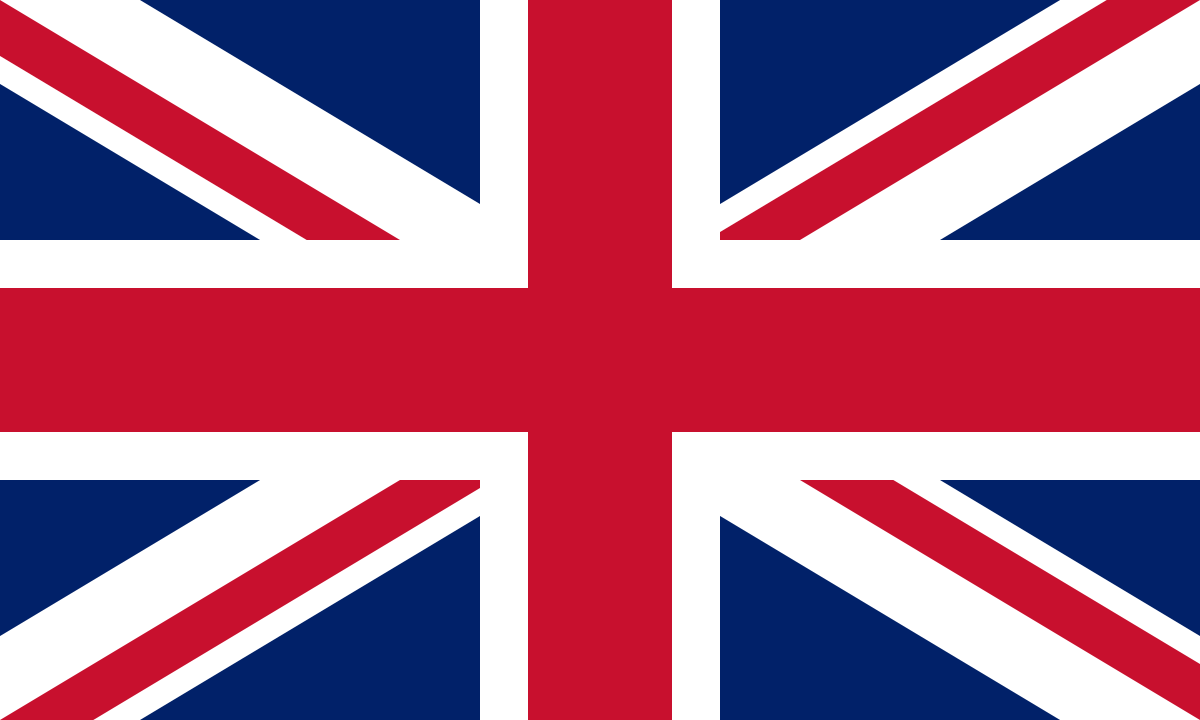As enthusiasts of wildlife travel, we believe every creature has something valuable to impart - from the grand blue whale to the tiny cephalopod, the formidable polar bear to the elusive Arctic fox.
But if you're seeking the most profound wisdom, look no further than our favorite flightless philosopher: the penguin.
Here are 22 priceless lessons we've gleaned from this wise species, each one proving that what the penguin lacks in flight, it more than makes up for in sagacity.
1. Show up on time, especially to ship launches
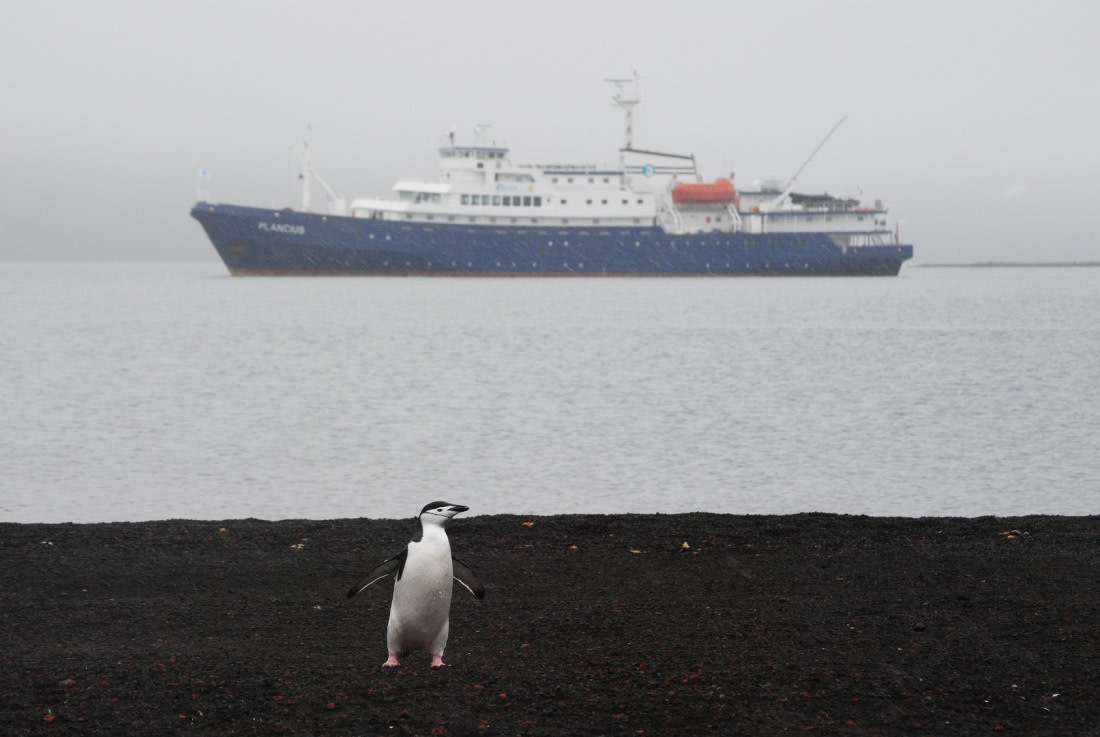
2. Let sleeping seals lie - unless they look too darn smug
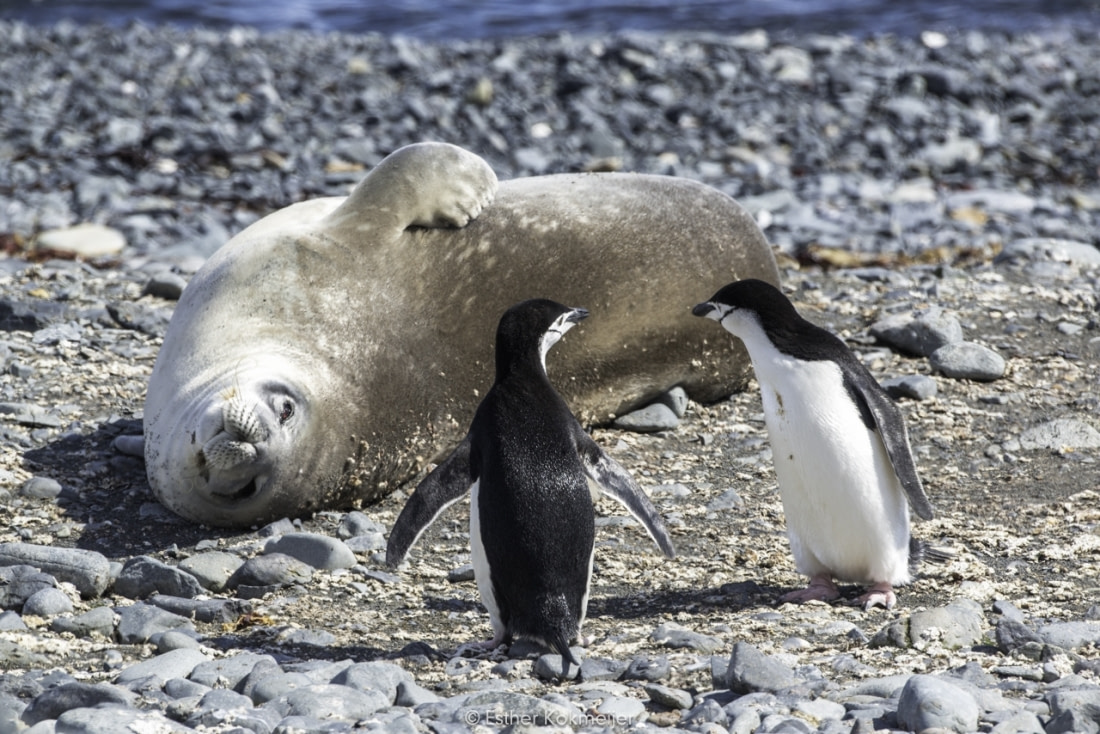
3. Take time to contemplate life's deeper questions
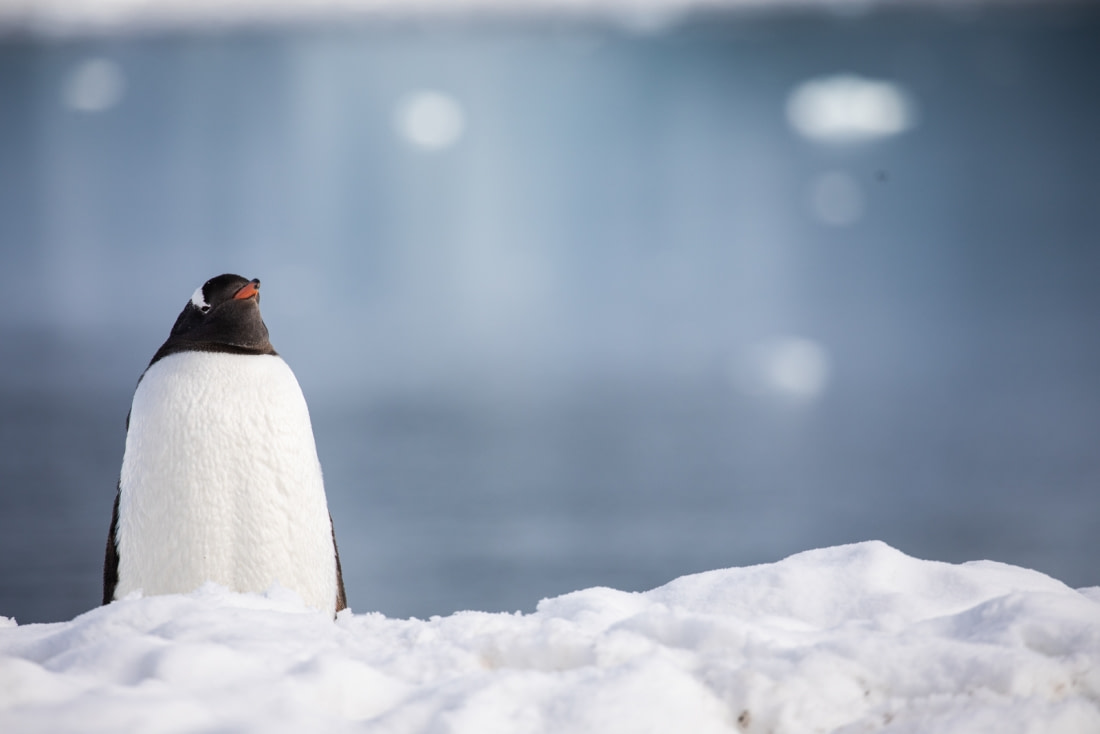
4. But never miss a chance to play in the shallows
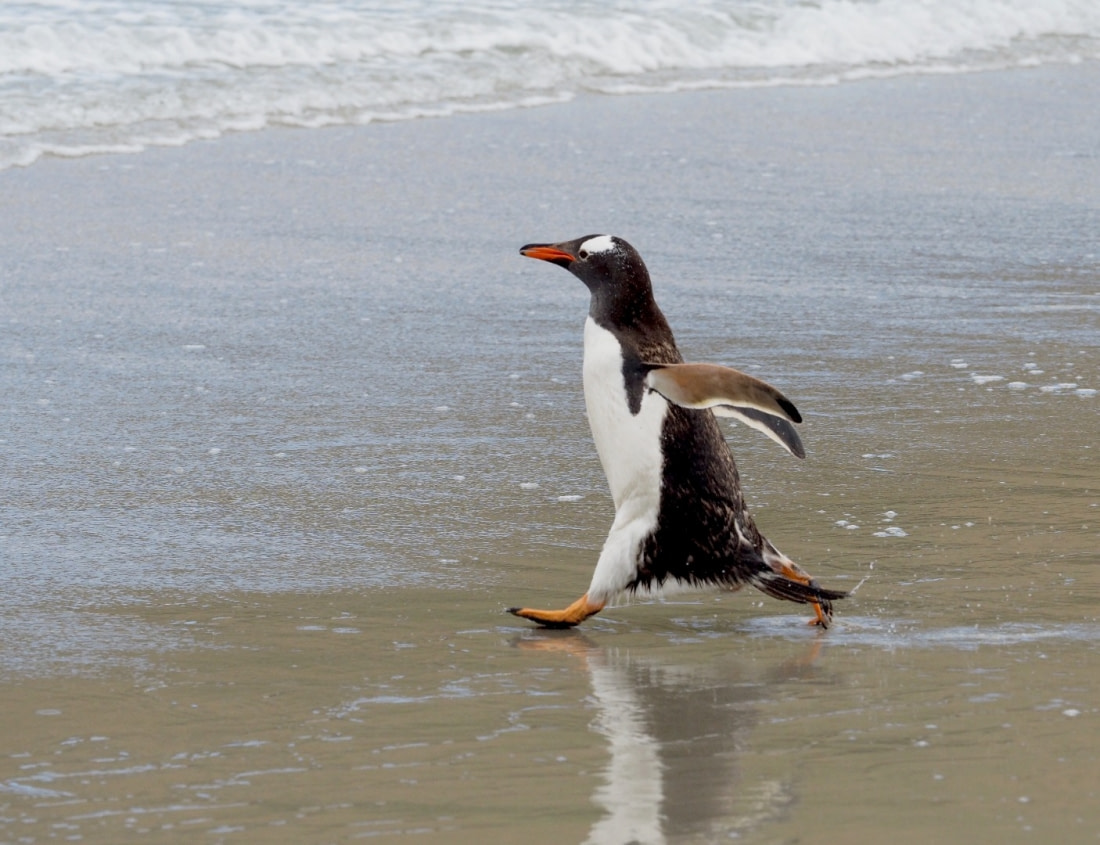
5. Sometimes you have to go along to get along

6. At other times, you have to walk your own path
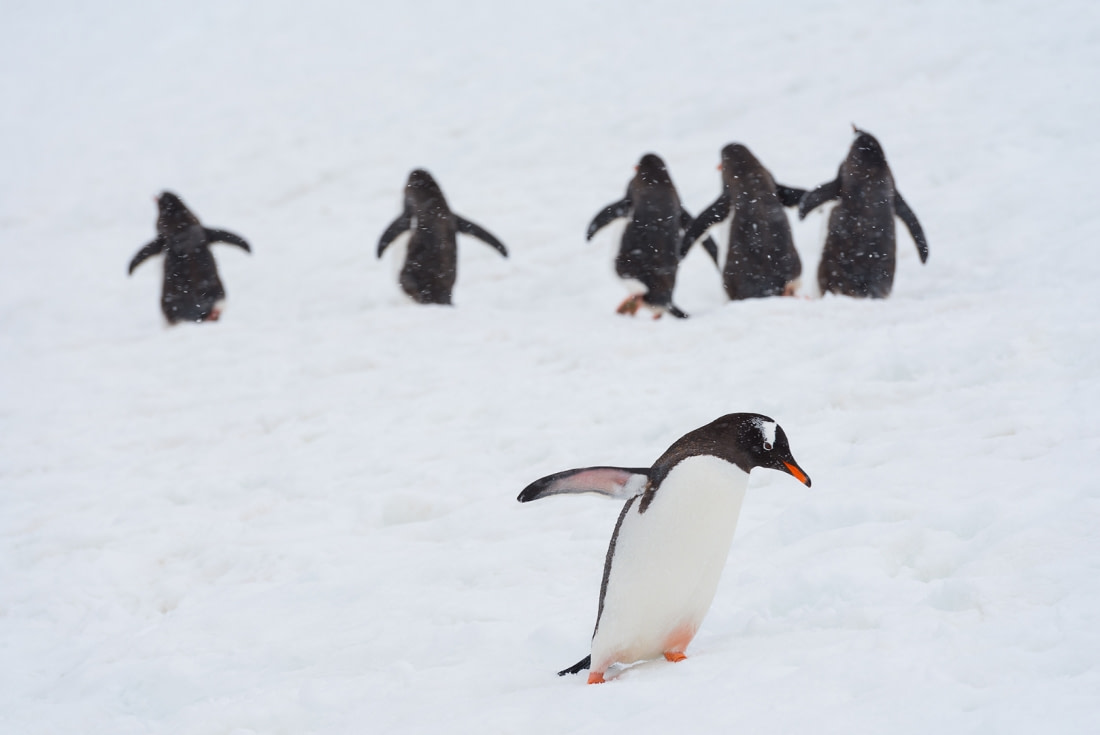
7. Sometimes you have to stand your ground
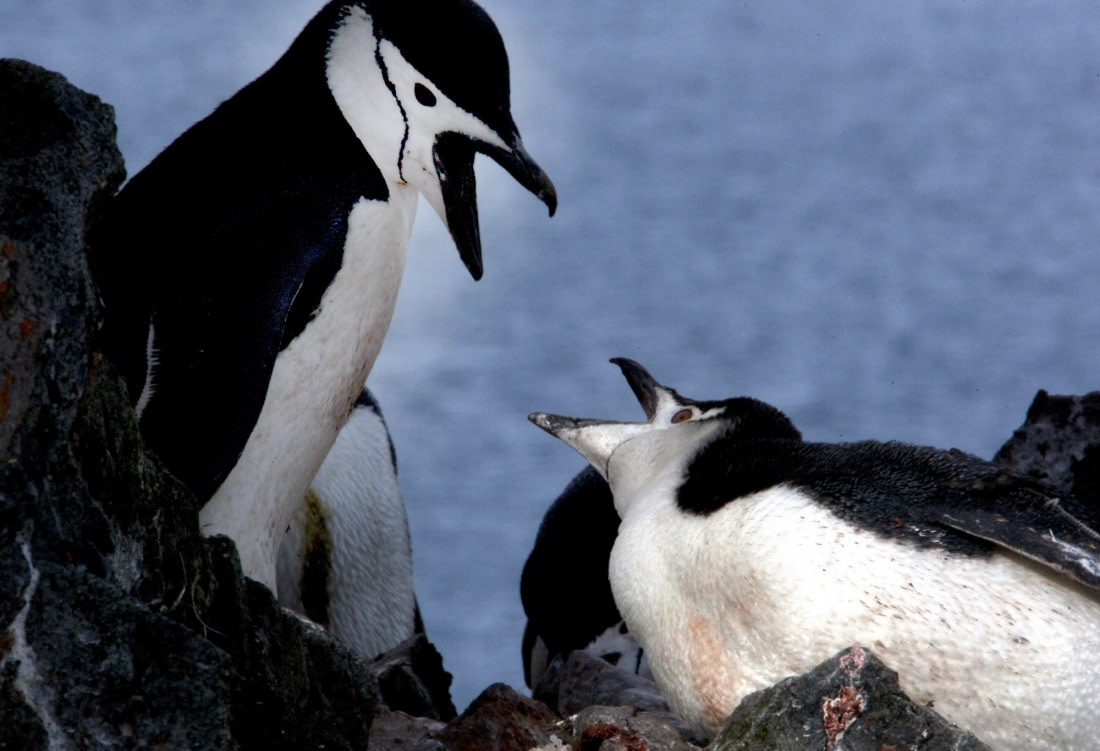
8. And other times, it's best to find a peaceful agreement

9. Don't lose yourself in the crowd
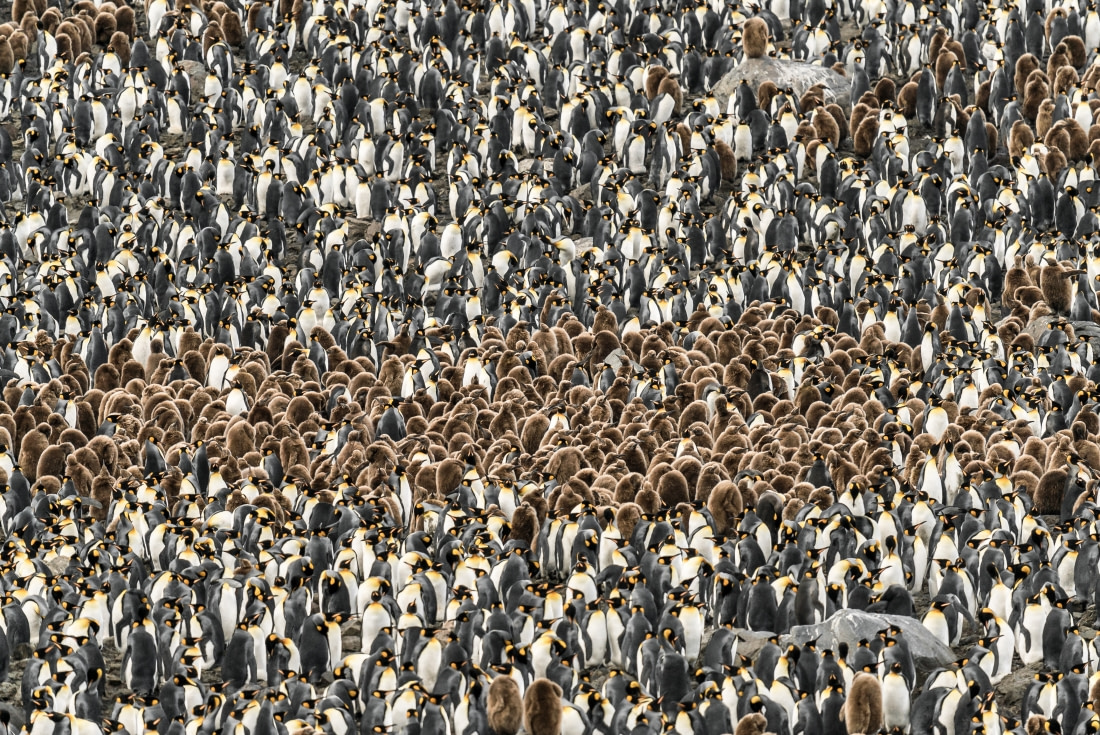
10. Let your loved ones know you love them
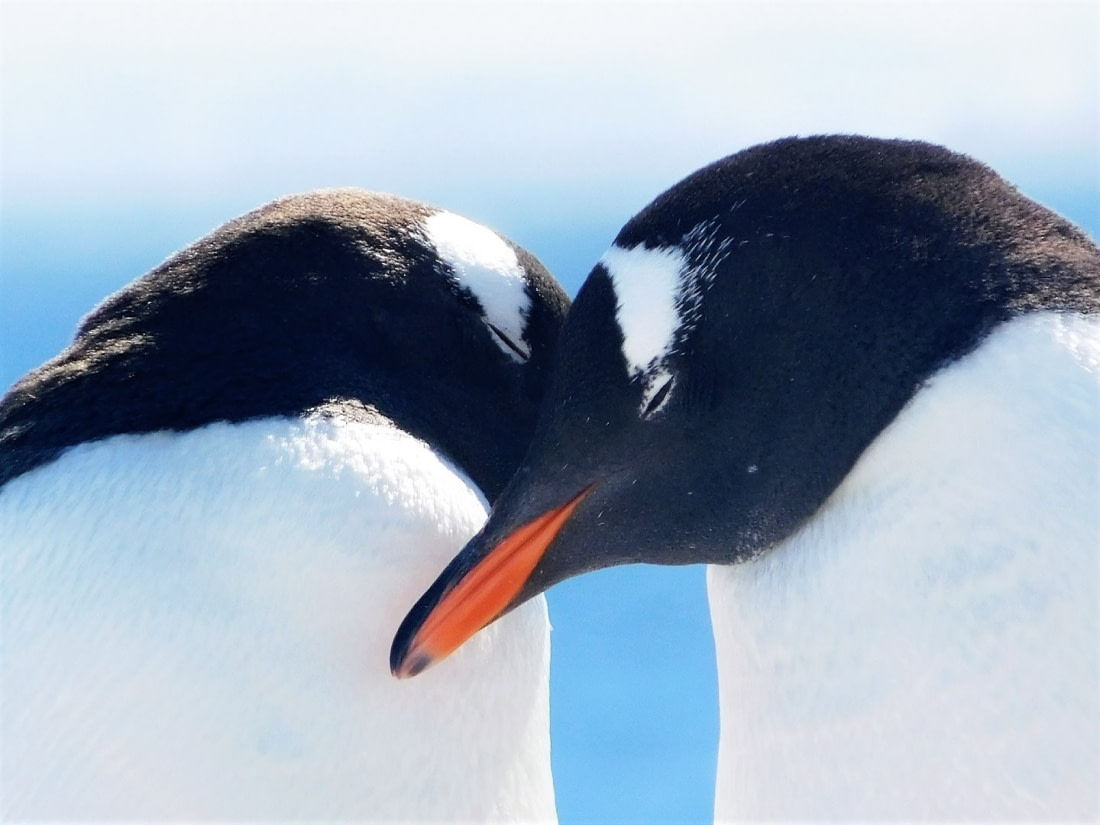
11. Learn from others whenever possible

12. But don't listen to the naysayers
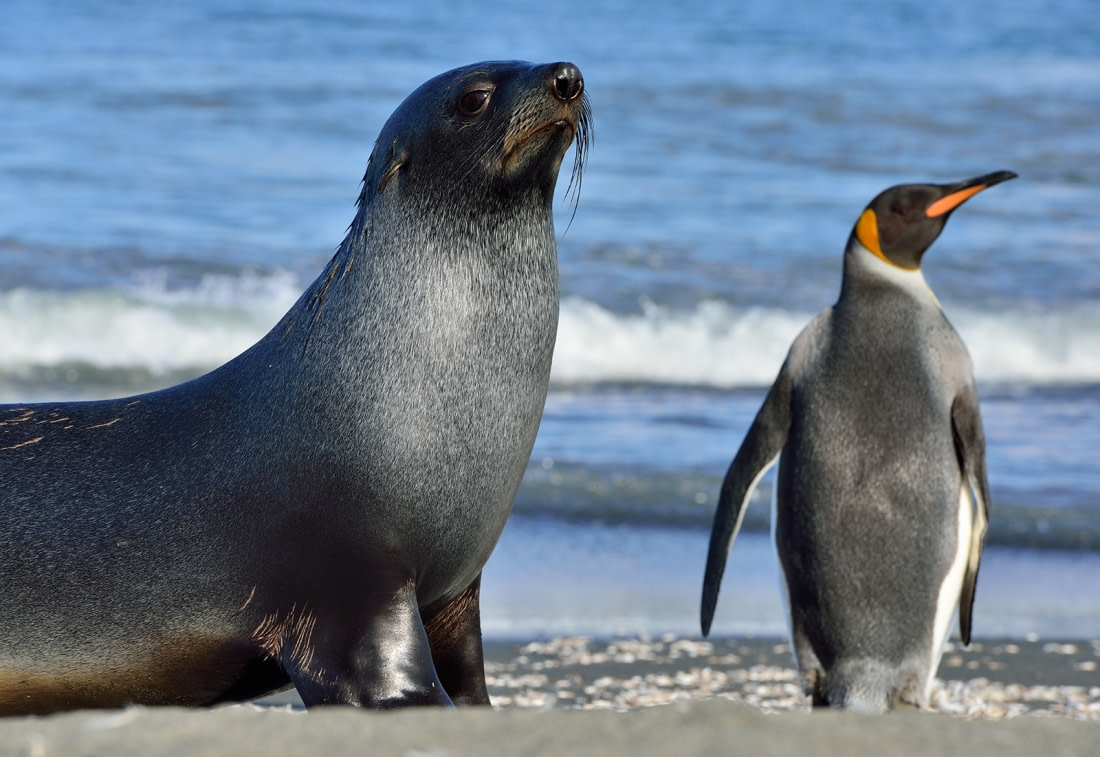
13. Remember to get your rest
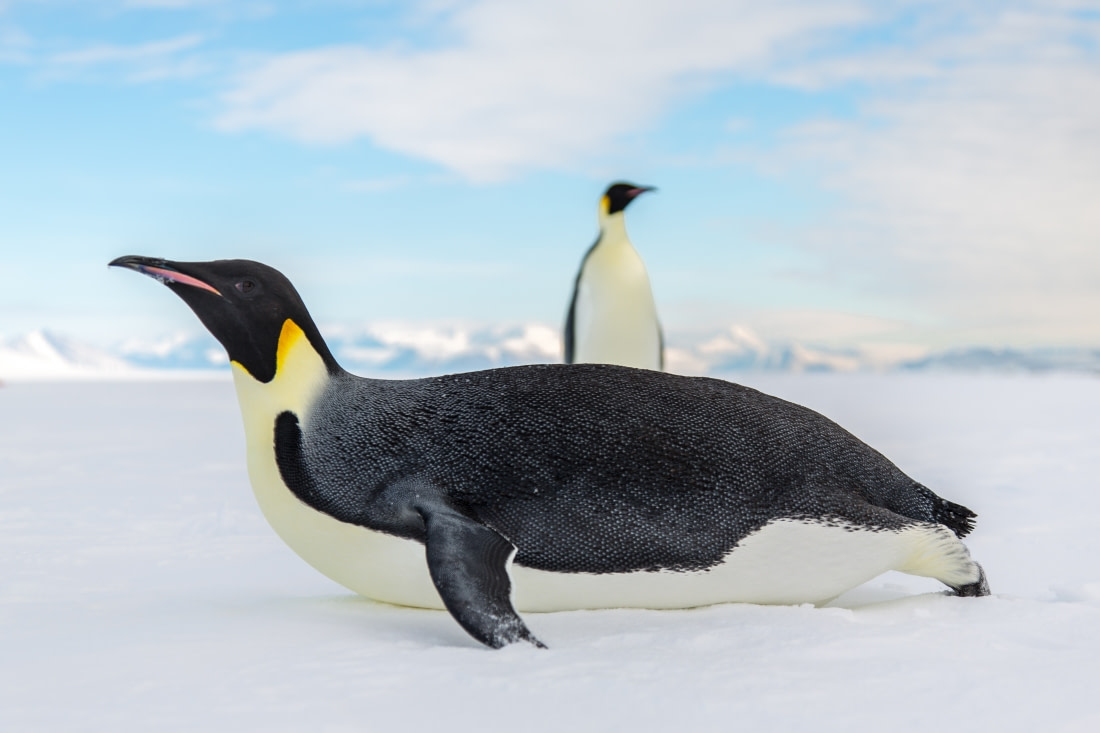
14. Seriously, rest is very important
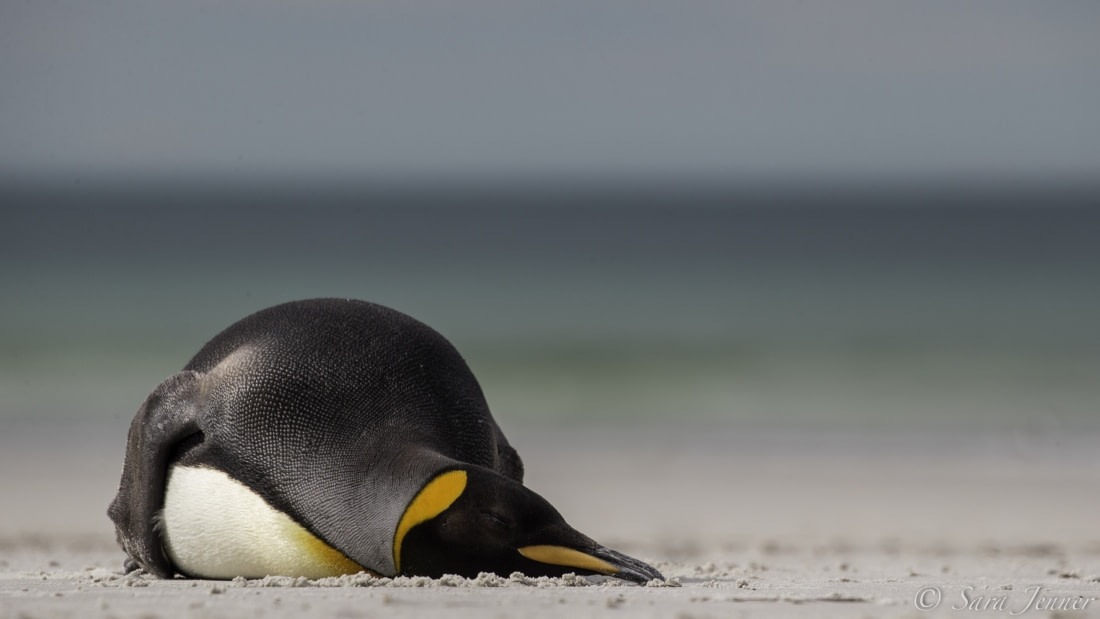
15. Without rest, you're nothing but a lump
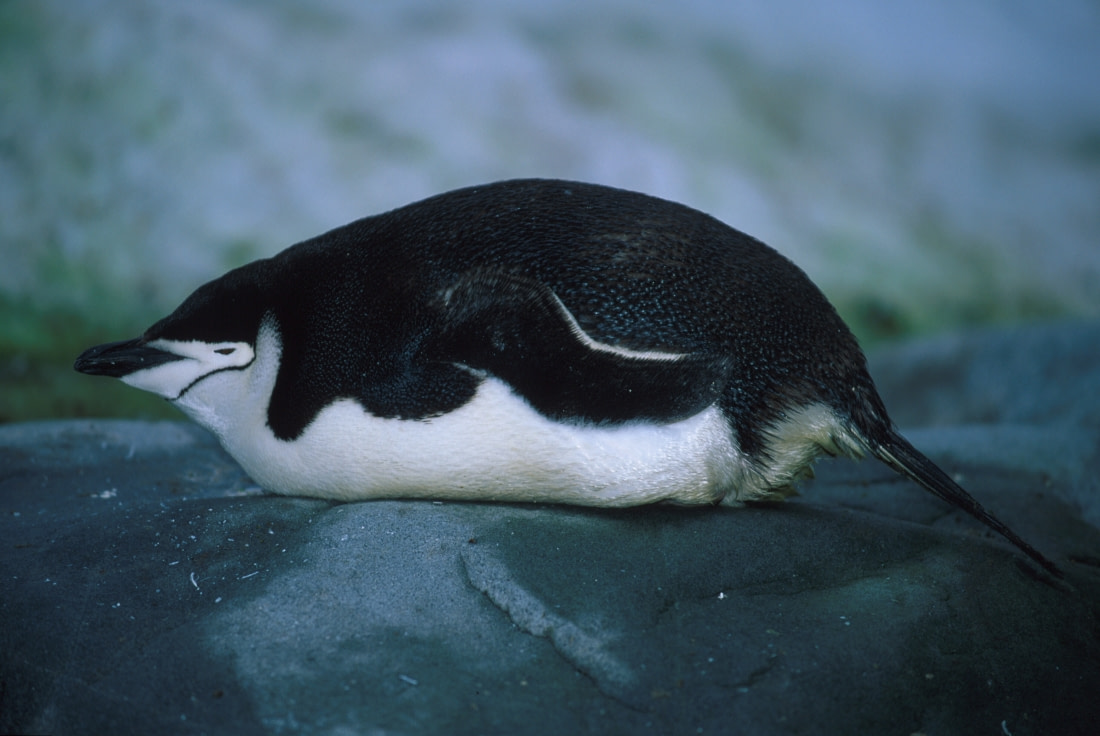
16. Find friends you can be yourself around
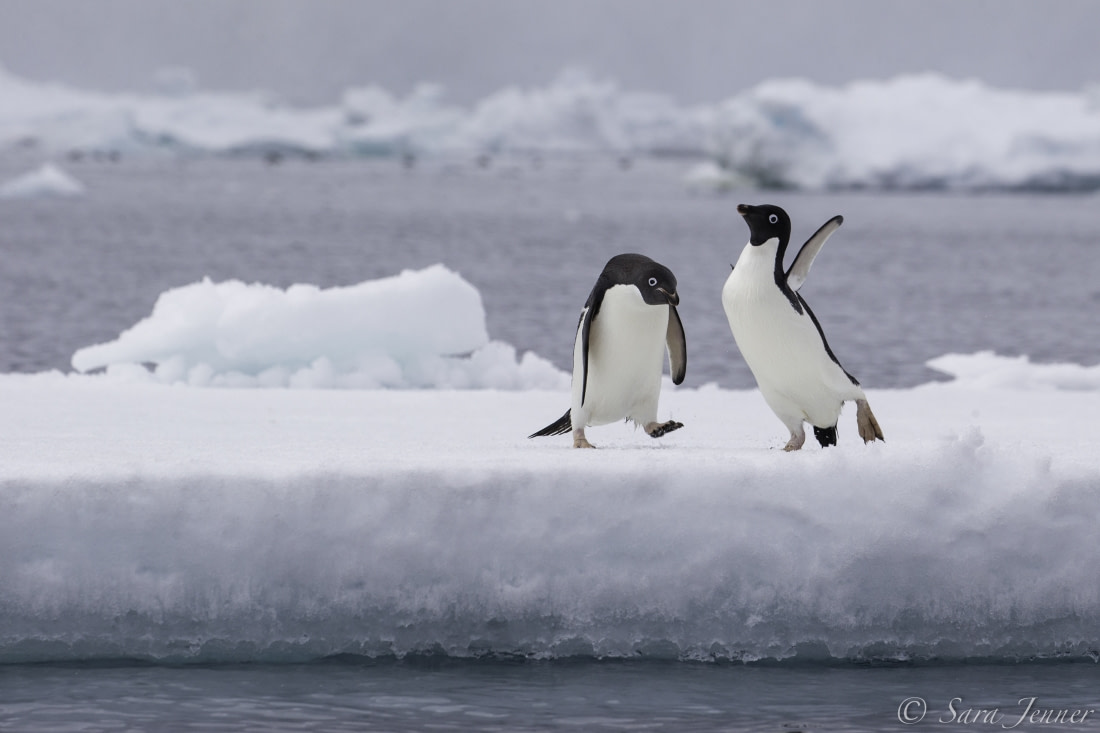
17. But be open to others who are not like you
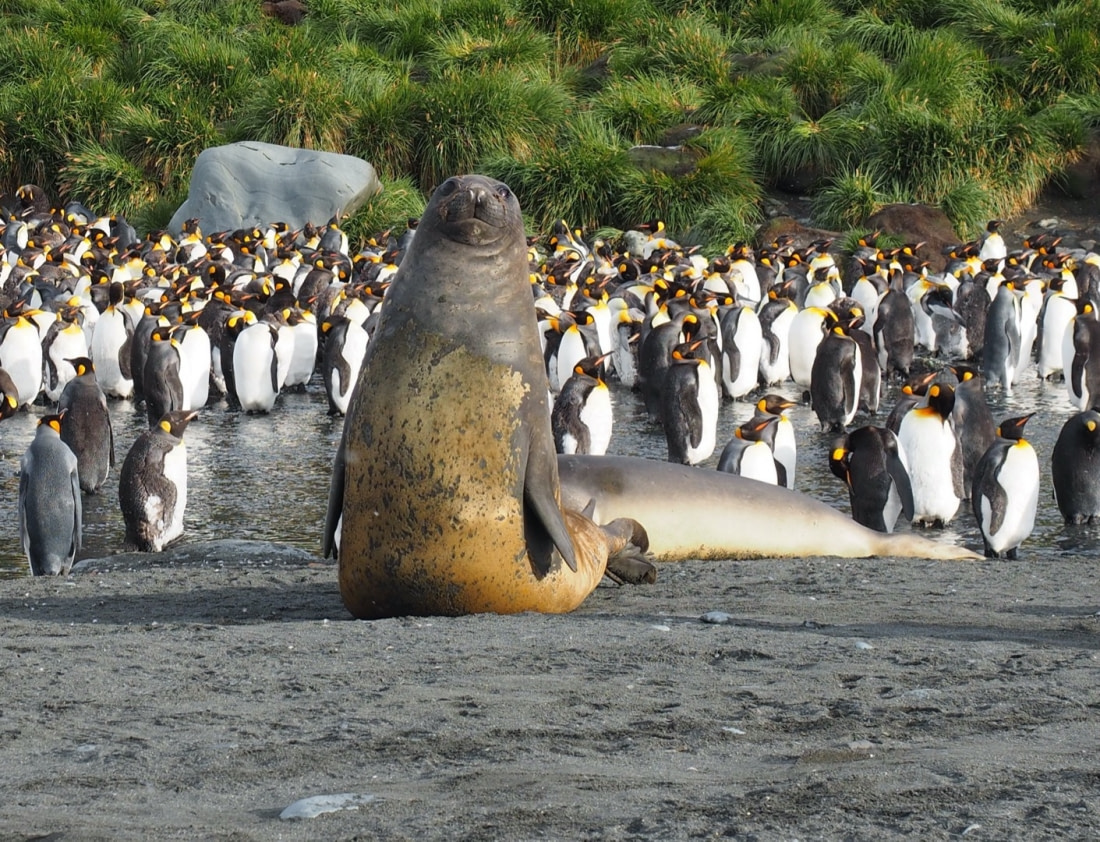
18. Waste not, want not
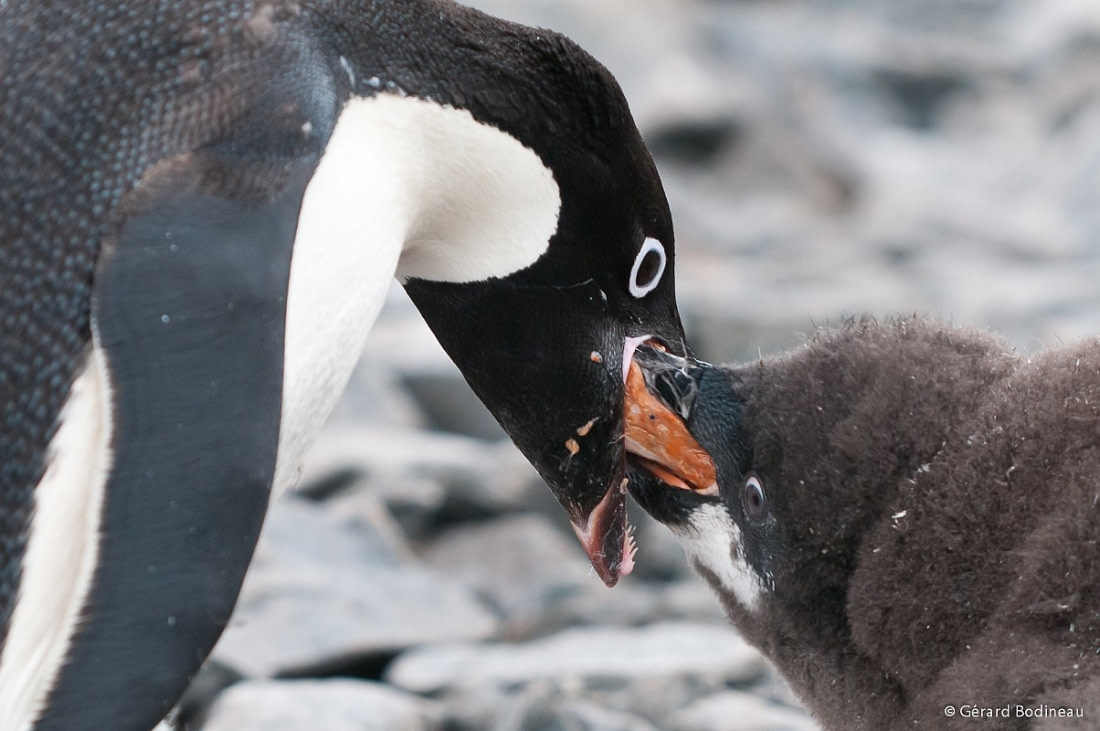
19. Learn and become who you are
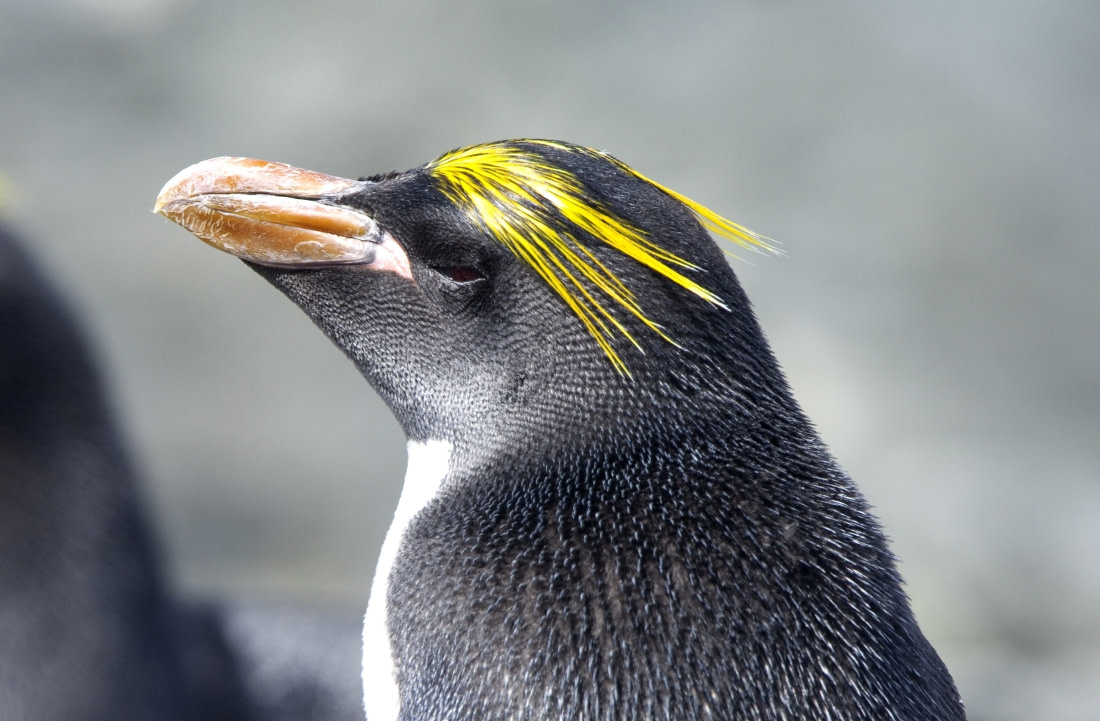
20. Take pride in your true self
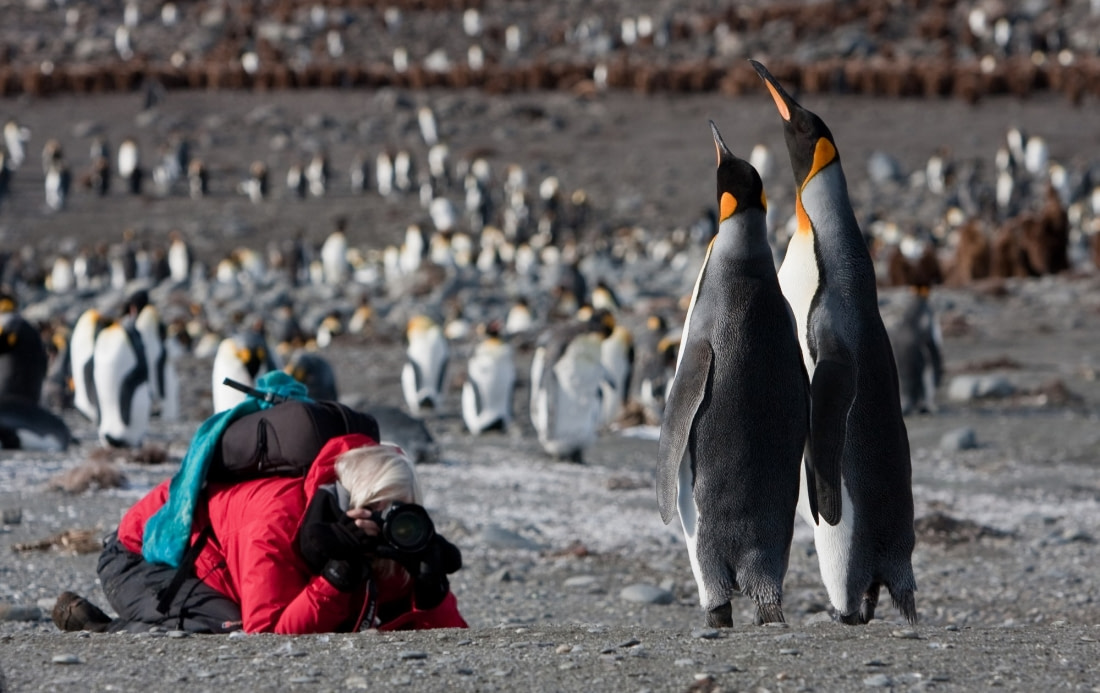
21. Live each day like you mean it

22. Then rest up for tomorrow
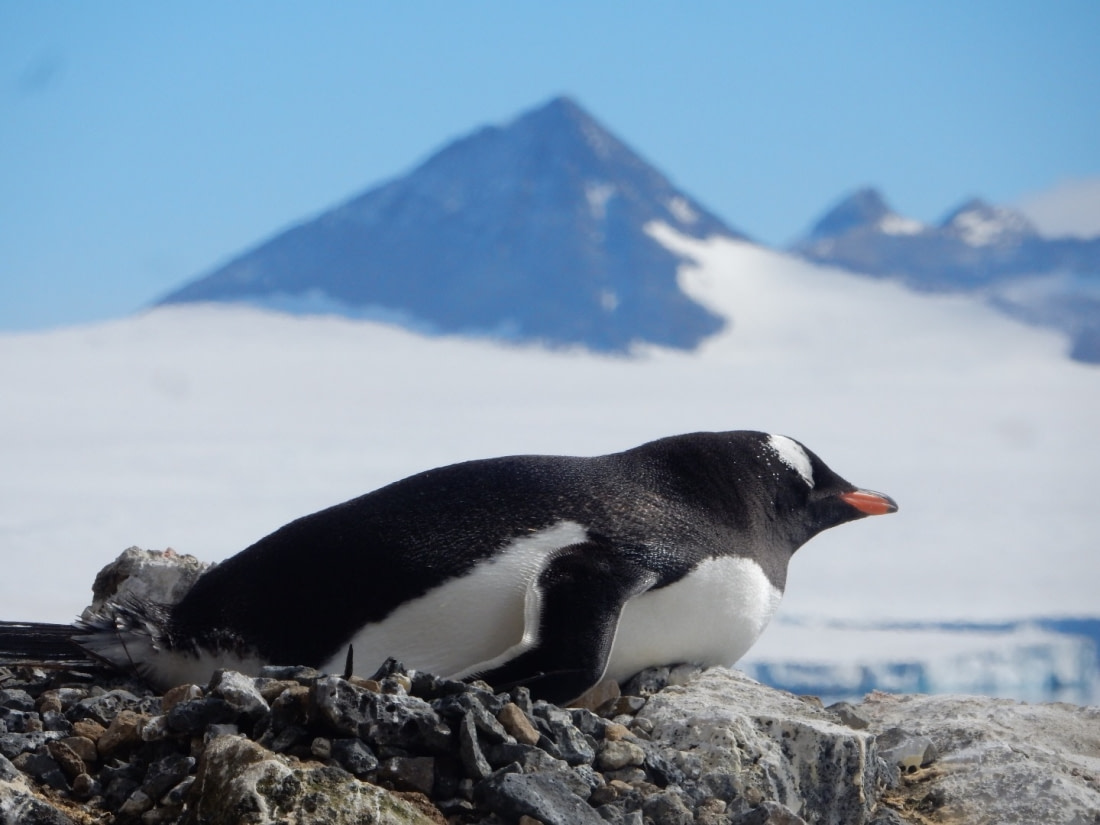
Blog


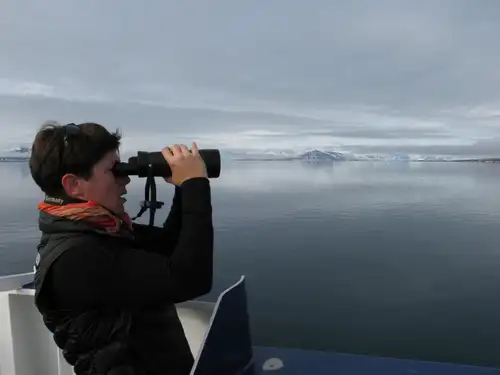
Blog
10 Popular Bird Watching Binoculars
Binoculars are a staple for outdoor enthusiasts, often packed with minimal thought alongside essentials like bug spray, sunblock, and waterproof matches. However, for certain groups, binoculars are indispensable, particularly for bird watchers. If you're part of this technical hobbyist community, here are 10 birding binoculars you should know about.
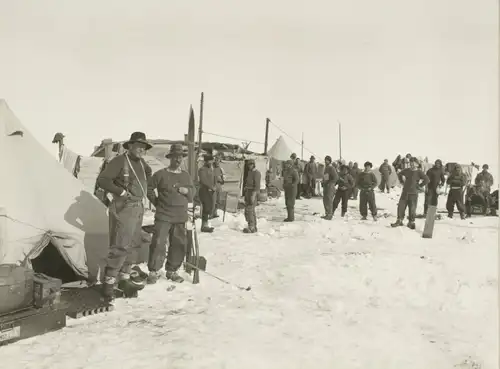
Blog
Exploration of the Polar Regions
From the Vikings via the first whale and seal hunters to Scott and Amundsen, from the maritime explorers Franklin and Nordenskiöld to present-day polar tourism, a quick tour through history reveals some of the aspects which motivated people to extend their horizons. Existential need, sheer curiosity, imperial greed, polar science, and a taste for adventure all converged in regions which pardon no mistakes.
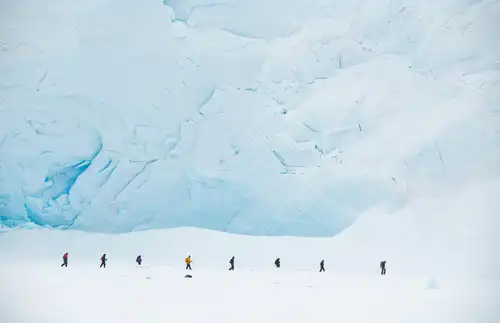
Blog
Antarctica in Pictures: Photos from 2018
Pictures can never truly capture the essence of an experience, and this is especially true for the breathtaking adventures in Antarctica.
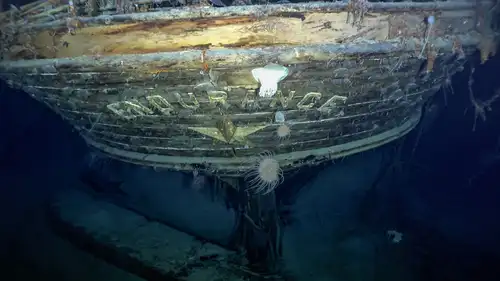
Blog
Shackleton’s Long-Lost Endurance Discovered in Antarctica
A discovery expedition launched by the Falklands Maritime Heritage Trust achieved a long-awaited mission when it located Anglo-Irish explorer Ernest Shackletonâs lost ship Endurance last Saturday (March 5).

Blog
The Eight Albatrosses of Antarctica and the Sub-Antarctic
Our guests are typically wildlife enthusiasts, with a particular interest in bird life. While many bird lovers focus on the penguins we encounter, there's a smaller yet equally passionate group that favors the more airborne seabirds. Among this birdwatching subset, the albatross is a species that garners (and deserves) significant attention.
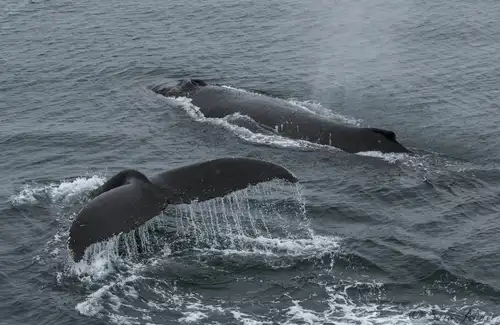
Blog
Polar Marine Visitors: the Whales of Antarctica and the Arctic
Whales are the worldâs largest mammals, found in the Arctic and Antarctica. This article covers some of the major species you may see on voyages to these remarkable areas.
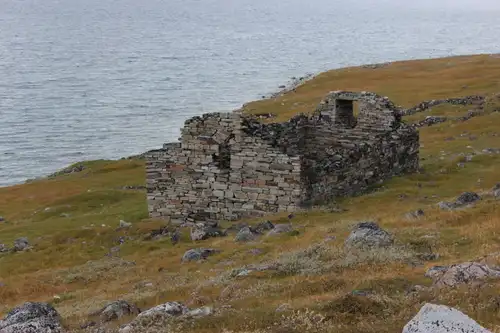
Blog
Greenland's History: When Vikings Ruled the Ice Age
A Greenland cruise offers a journey into a rich history filled with intriguing details that captivate polar expedition enthusiasts. Among the most fascinating historical aspects is the fact that Vikings once ruled this land. Anthropologists and climate scientists have long studied Greenland to pinpoint when and why the Vikings left. Recent findings have shed new light on this historical culture.
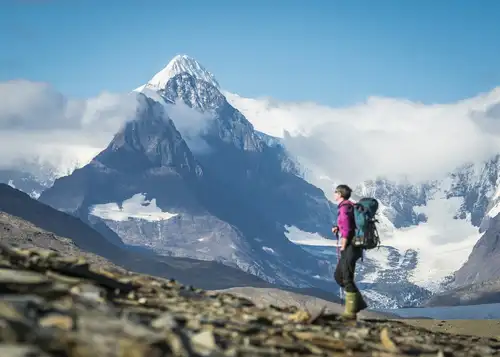
Blog
Path of Polar Heroes: Hiking Shackleton’s Historic Route
âWe had seen God in his splendors, heard the text that Nature renders.â ~Ernest Shackleton
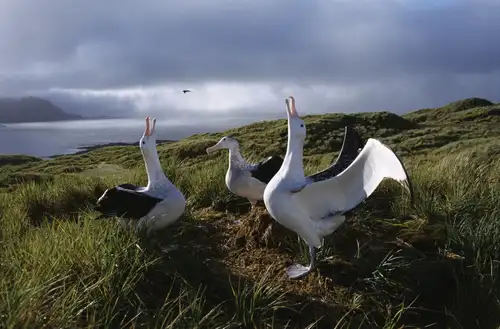
Blog
Albatross, penguin and krill research in Antarctica
In the Antarctic region, extensive research is being conducted by national Antarctic programmes from countries like the UK, Australia, and Japan. These studies aim to understand species in the air, on the ground, and in the sea, and how these species are interconnected without variables such as human impacts and climate change.
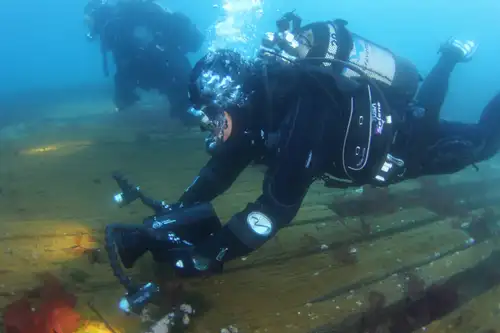
Blog
Wreck Diving in Antarctica
Scuba diving in Antarctica is an unparalleled adventure. Few places on Earth allow you to swim beneath icebergs and potentially encounter penguins or leopard seals. But the wonders of Antarctic diving don't end there.
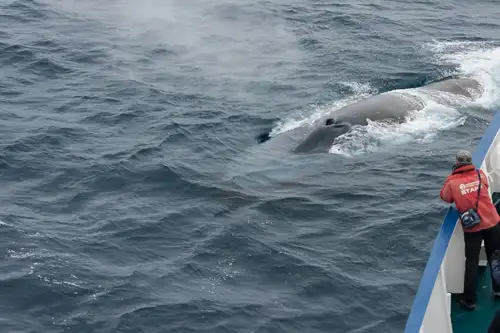
Blog
10 Bountiful Blue Whale Facts
The umbrella term âwhaleâ refers to a wide variety of large marine mammals. To zero in on blue whales, however, weâll need to unpack this term a bit. The Latin word for whale, cetus, is the root of the whale infraorder, Cetacea, the largest parvorder of which is Mysticeti.
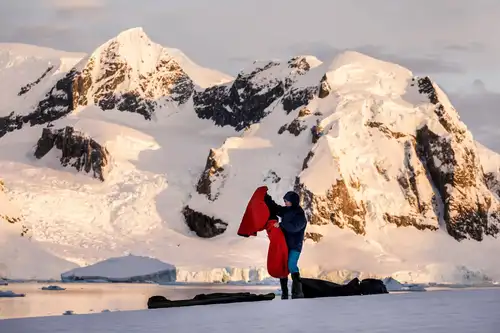
Blog
Camping in Antarctica: a True Expedition Experience
We often think of camping as a summer activity, filled with warm nights, campfire dinners, and serene mountain lakes. However, there's a whole other world of camping to explore.
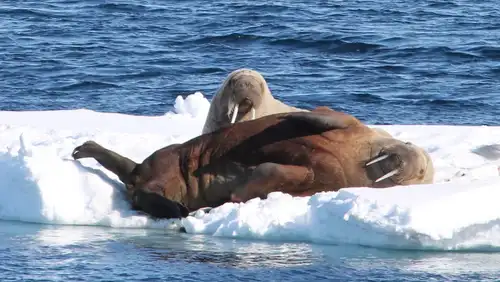
Blog
Svalbard’s 12 Most Iconic Animals
Each of our Arctic regions offers its own distinct and unforgettable features: Greenland boasts mountainous shorelines and record-setting fjords, Northern Norway is renowned for the aurora borealis and historic masted schooners, and Svalbard (especially Spitsbergen) is where you're most likely to encounter a variety of Arctic wildlife.
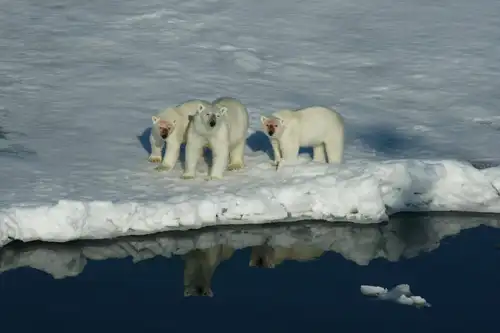
Blog
Polar Bear Primer: Eight Facts About the Arctic Wanderer
Polar bears inhabit the Arctic region across 19 subpopulations, including areas in Alaska, Canada, Greenland, Norway, and Russia. These majestic creatures prefer the edges of pack ice where currents and wind interact, creating a dynamic environment of melting and refreezing that forms ice patches and leads, which are open spaces in the sea between sea ice.

Blog
12 Things to Do in Antarctica
Traveling to Antarctica is unlike traveling to any other place on Earth.
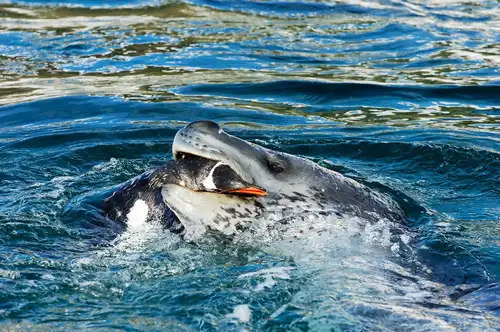
Blog
Danger Beneath the Water: 10 Facts About Leopard Seals
If your thirst for adventure leads you to Antarctica, you may be lucky enough to cross paths with a leopard seal while youâre there. These amazing animals are wonderful to observe both in and out of the water, and they are a coveted part of the polar wildlife experience.
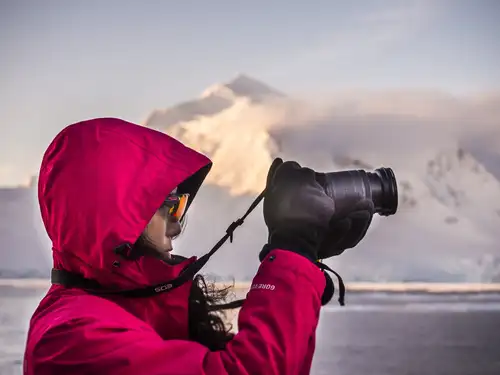
Blog
12 photo tips to make better pictures on your Antarctica cruise
During your trip in the Arctic or Antarctic cruise you and your camera equipment will be exposed to a variety of challenging conditions. Be careful with your equipment and protect it from the salty spray when in Zodiacs, on a beach, or on deck. Salt water and electronics is not a good mix!

Blog
Baleen Whales – The Gentle Giants of the Ocean
They are the largest animals on Earth, yet they thrive on some of the tiniest creatures. These giants can reach lengths of 30 meters (90 feet), but it is the microscopic zooplankton, krill, and small fish that sustain them. These are the baleen whales. Unlike toothed whales, baleen whales lack teeth. Instead, they use plates of baleen in their mouths to trap and consume their tiny prey.
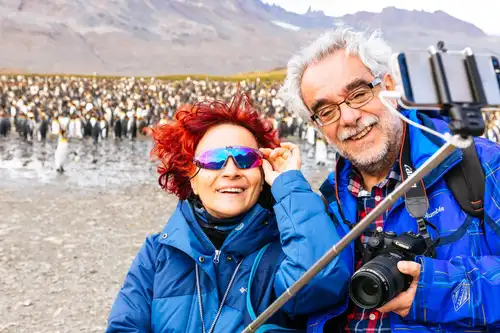
Blog
Two for the Snow: Polar Cruises for Couples
Do you know the old saying, âCold hands, warm heartâ? In our opinion, that bodes well for couples who visit the polar regions.

Blog
Earth vs. Mars: Polar Regions Compared
Itâs well-known that Mars, like Earth, has its own polar regions, often referred to as the Martian ice caps. These regions, similar to Earth's, are situated at the north and south poles and experience much lower temperatures compared to the areas in-between.


